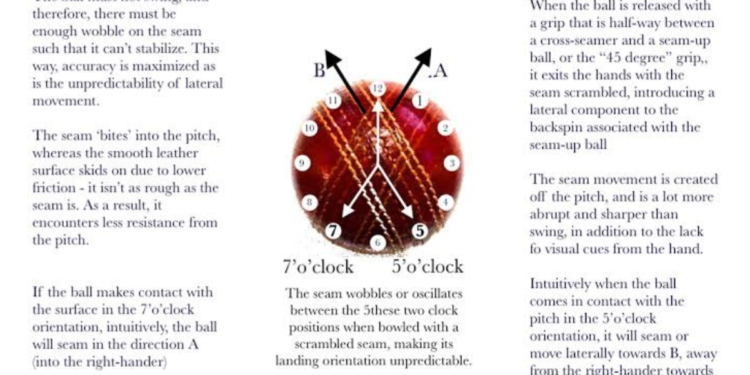Definition of an Over
In the sport of cricket, an over refers to a set of six consecutive legal deliveries bowled by a single bowler. The main purpose of an over is to determine the completion of a specific phase of play and to regulate the rotation of bowlers on the field. An over is a fundamental unit of measurement in cricket matches, providing structure and flow to the game.
Each over consists of six balls, and the bowling team typically aims to restrict the number of runs scored by the batting team during this period. The bowler must deliver each ball within the laws of the game, and any extras, such as no balls or wides, are included in the over count. The completion of an over signifies a key moment in the match, signaling a change in the fielding positions, strategies, and momentum of the game.
Standard Number of Balls in an Over
In the game of cricket, an over consists of six deliveries that the bowler sends down to the batsman at the opposite end of the pitch. This standard number of balls in an over is consistent across all formats of the game, whether it be test matches, one-day internationals, or T20 matches. Each ball bowled in an over is a crucial opportunity for both the bowler and the batsman to showcase their skills and strategy in the game.
The standard number of balls in an over is carefully regulated by the umpires to ensure fair play and adherence to the rules of the game. The bowler must complete the six deliveries within a set timeframe, and any delays or interruptions can lead to penalties being imposed on the fielding side. The structure of each over adds a rhythm and intensity to the game, with both teams striving to capitalize on the limited number of balls to either take wickets or score runs.
Importance of Bowling and Batting Overs
Bowling overs in cricket are crucial for the fielding team to restrict the opponent’s scoring opportunities. By delivering a set number of balls consecutively, bowlers aim to take wickets, apply pressure on the batsmen, and control the run rate. The bowling overs determine how well a team can defend its total and ultimately win the match.
On the other hand, batting overs are the lifeline for the batting team to score runs and chase a target set by the opposition. Batsmen must strategize their approach during each over, considering the bowler’s strengths and the match situation. The number of runs scored in each over can significantly impact the team’s total score and overall performance in the game.
Role of the Umpire in Deciding Overs
Umpires in cricket matches play a crucial role in ensuring that the game follows the rules and regulations set by the governing bodies. One of the key responsibilities of the umpires is to decide on the number of overs to be bowled in a match. This decision is based on various factors such as playing conditions, time constraints, and the tournament format.
The umpires closely monitor the progress of the game and calculate the number of overs bowled by each team. They are responsible for communicating any changes in the number of overs to the players and scorers. Additionally, the umpires also take into account any delays or interruptions during the match and adjust the number of overs accordingly to ensure a fair and balanced contest for both teams.
Different Types of Overs in Cricket Matches
The variety of overs in cricket matches adds an element of excitement and strategy to the game. One common type is the standard over, which consists of a set number of balls bowled by a single bowler from one end of the pitch to the batsman at the other end. Typically, a standard over in cricket consists of six balls, with the bowler aiming to restrict the batsman from scoring runs while trying to dismiss them by getting them out.
Apart from the standard over, another type is the powerplay over, where fielding restrictions are in place to allow for more aggressive batting play. This limited period of overs requires strategic planning from both the batting and bowling sides to maximize scoring opportunities or restrict runs effectively. Additionally, in shorter formats of the game like T20 matches, there are often death overs where bowlers aim to contain runs in the final stretch of the innings while batsmen try to score as many runs as possible under pressure.























